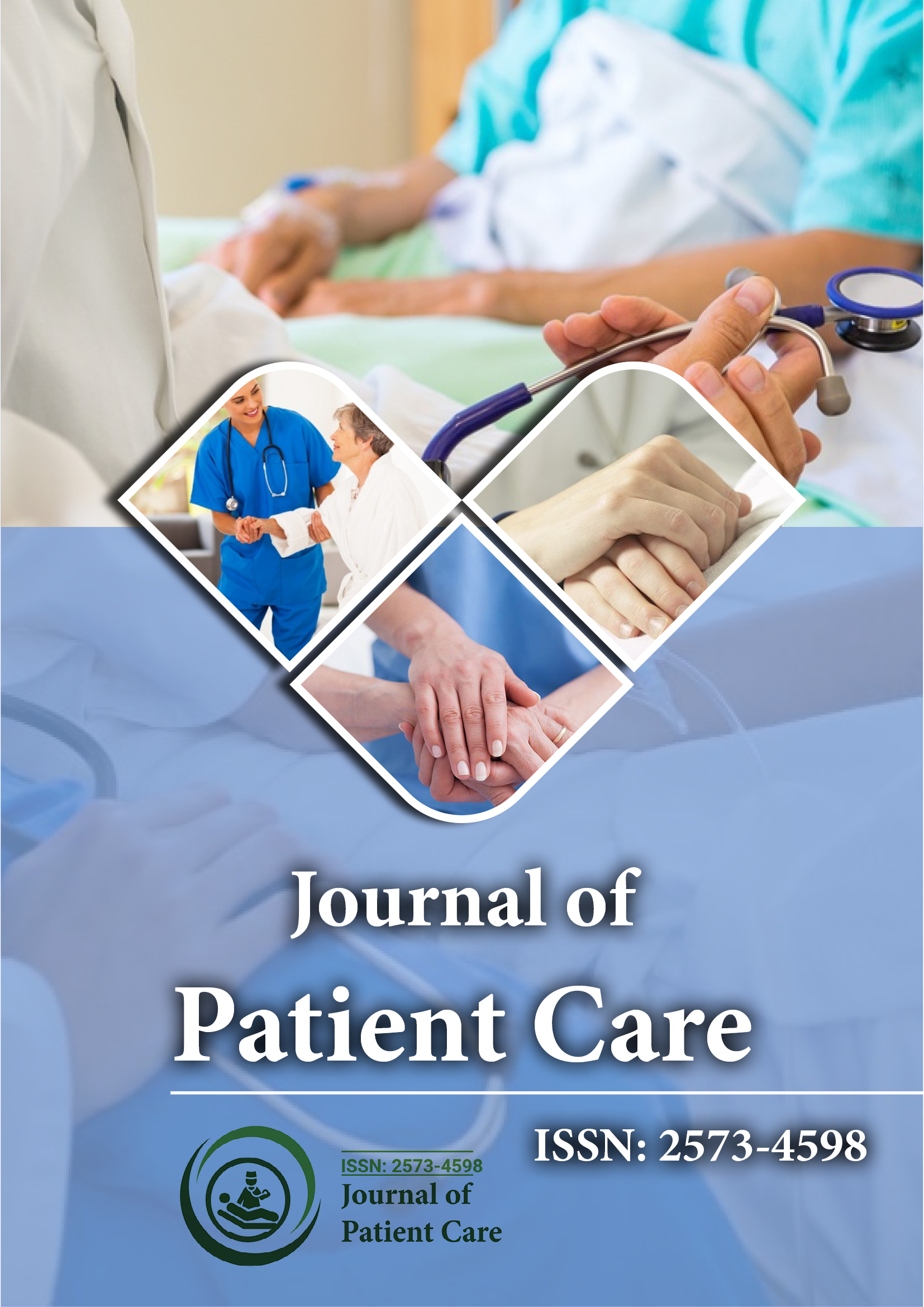indexado en
- Búsqueda de referencia
- Universidad Hamdard
- EBSCO AZ
- Publón
- Fundación de Ginebra para la Educación e Investigación Médica
- pub europeo
- Google Académico
Enlaces útiles
Comparte esta página
Folleto de diario

Revistas de acceso abierto
- Administración de Empresas
- Agricultura y Acuicultura
- Alimentación y Nutrición
- Bioinformática y Biología de Sistemas
- Bioquímica
- Ciencia de los Materiales
- Ciencia general
- Ciencias Ambientales
- Ciencias Clínicas
- Ciencias farmacéuticas
- Ciencias Médicas
- Ciencias Veterinarias
- Enfermería y Cuidado de la Salud
- Genética y Biología Molecular
- Ingeniería
- Inmunología y Microbiología
- Neurociencia y Psicología
- Química
Abstracto
La experiencia del trasplante de corazón y pulmón en la Universidad de Carolina del Norte: perspectiva histórica y notas sobre la vigilancia de los supervivientes a muy largo plazo
Audrey L. Khoury, doctora en medicina y máster en salud pública1, Eric G. Jernigan, doctor en medicina2, Jennifer S. Nelson, doctora en medicina y máster3, Paula D. Strassle, doctora en medicina1,4, Vincent J. Gonzalez, doctor en medicina5, Luma Essaid, doctora en medicina6, Muntasir H. Chowdhury, doctor en medicina7, Jason M. Long, doctor en medicina y máster1, Mahesh S. Sharma*1, doctor en medicina
Antecedentes: La Universidad de Carolina del Norte (UNC) fue pionera en el trasplante de corazón-pulmón (HLT) en el estado de Carolina del Norte en 1991. No existen pautas específicas para la vigilancia de los sobrevivientes a muy largo plazo del HLT. Informamos sobre el contexto histórico de la experiencia de 30 años de la UNC con el HLT, la complejidad de la atención médica posterior y un enfoque estandarizado para el seguimiento.
Métodos: Se revisaron los registros médicos y de UNOS de todos los pacientes que se sometieron a HLT en UNC. Se resumieron los datos demográficos, los detalles perioperatorios y los regímenes de medicación posteriores al trasplante. Se describió la morbilidad temprana (30 días) y tardía (>30 días después del HLT), y las curvas de Kaplan-Meier estimaron la supervivencia a largo plazo.
Resultados: En total, 15 pacientes (67% varones, 73% adultos) se sometieron a THL y el 80% tenía cardiopatía congénita. La supervivencia a los cinco, veinte y veinticinco años fue del 40% (n=6), 27% (n=4) y 20% (n=3), respectivamente. Todos los sobrevivientes a los 15 años (n=5) experimentaron complicaciones tardías (infecciones: 100%; enfermedad renal crónica: 60%; neoplasias: 40%; y rechazo del injerto pulmonar: 60%). Ninguno tuvo rechazo del injerto cardíaco.
Los cuidados a largo plazo fueron dirigidos por cardiólogos y neumólogos especializados en trasplantes y se realizó un seguimiento de los sobrevivientes cada 6 a 12 meses con pruebas cardiopulmonares no invasivas. Se realizaron pruebas invasivas con cateterismo cardíaco y/o broncoscopia cada 2 a 3 años.
Limitaciones: Las limitaciones del estudio incluyen el pequeño tamaño de la muestra, típico de un estudio de un solo centro. Sin embargo, esta serie históricamente significativa representa toda la experiencia de HLT en la UNC.
Conclusión: La UNC fue pionera en la terapia de reemplazo de fibrilación auricular en el estado de Carolina del Norte en 1991. La terapia de reemplazo de fibrilación auricular sigue siendo una opción viable, pero que rara vez se realiza, para la insuficiencia cardiopulmonar terminal, como lo demuestra la supervivencia favorable a largo plazo. Las complicaciones tardías son comunes y justifican una vigilancia estrecha y una atención coordinada constante por parte de un equipo multidisciplinario especializado.